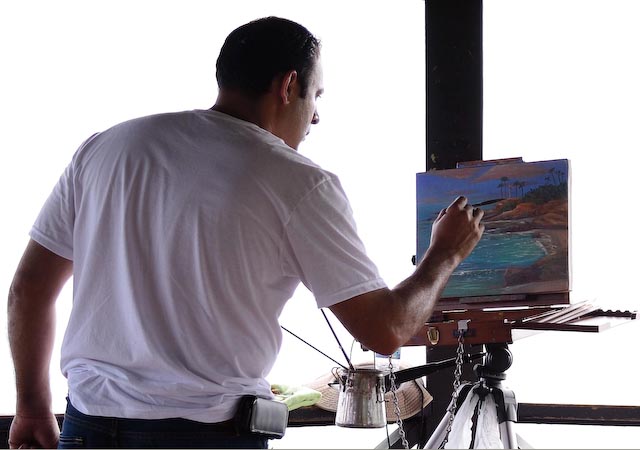A Painter’s ability to convey the character of face involves more than a talent for rendering a superficial depiction of the surface features. Thinking as a painter requires a working knowledge of the underlying structural forms, as this information provides context for the smaller detailed futures of the face. One of the best way to improve your skills is to draw the model from live observation as this will sharpen your perceptions and rendering skills. One of the challenge in representing the the human face begins with translating a complex, three dimensional form onto a two dimensional surface. A particular exercise that can aid an artist to best convey the portrait is to do a close examination of the skull and its planar structure. Therefore, understanding the construction of the skull will help you with the construction of the portrait. Achieving a strong resemblance to your subject lies in establishing the relationship between features, rather than focusing on the details of the features themselves.

The Importance of form
Here are some examples of how masters tackle the portrait and pay attention how they use the skull planes to indicate the features. This image is attributed to Sir Thomas. In this masterful work, you can appreciate some skull landmarks used to draw the portrait. Noticed the eye socket on the left side and analyze who the artist describes the zygomatic bone to create that plane structure.


